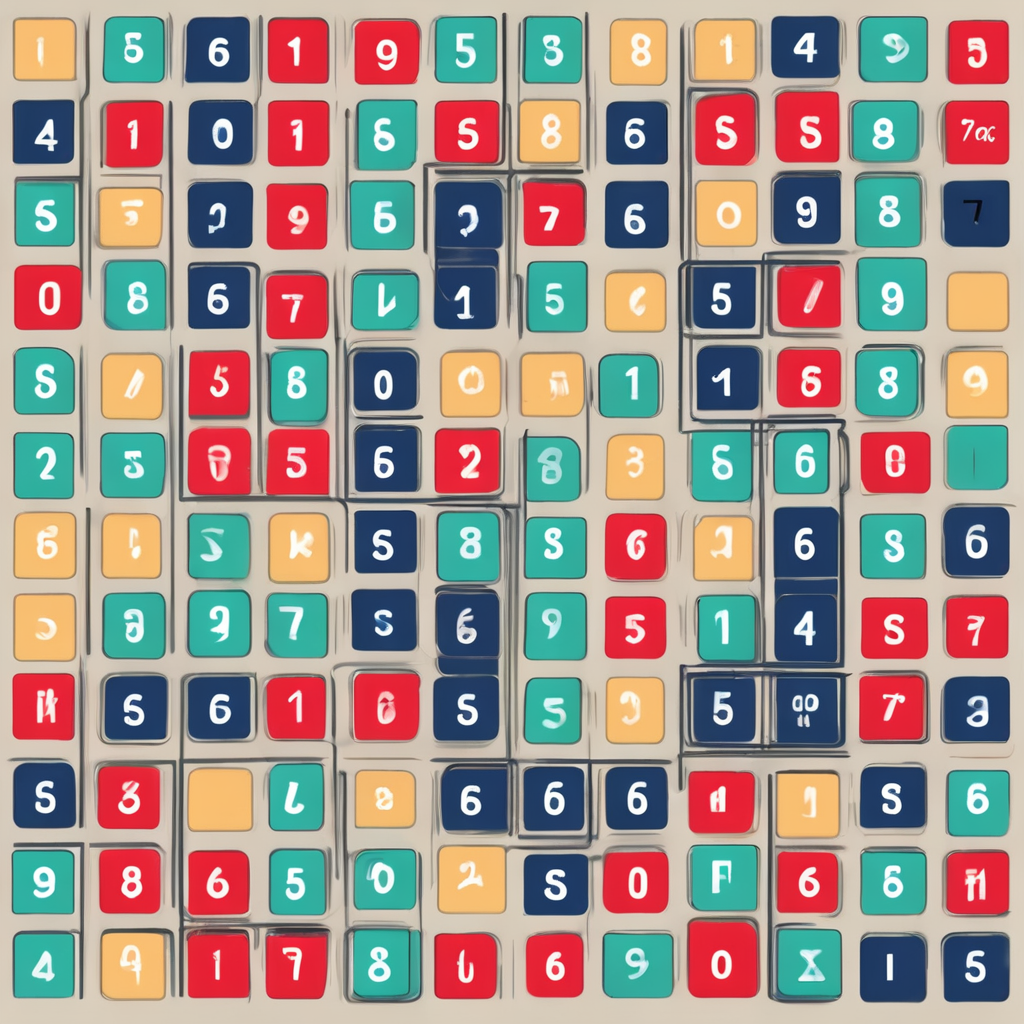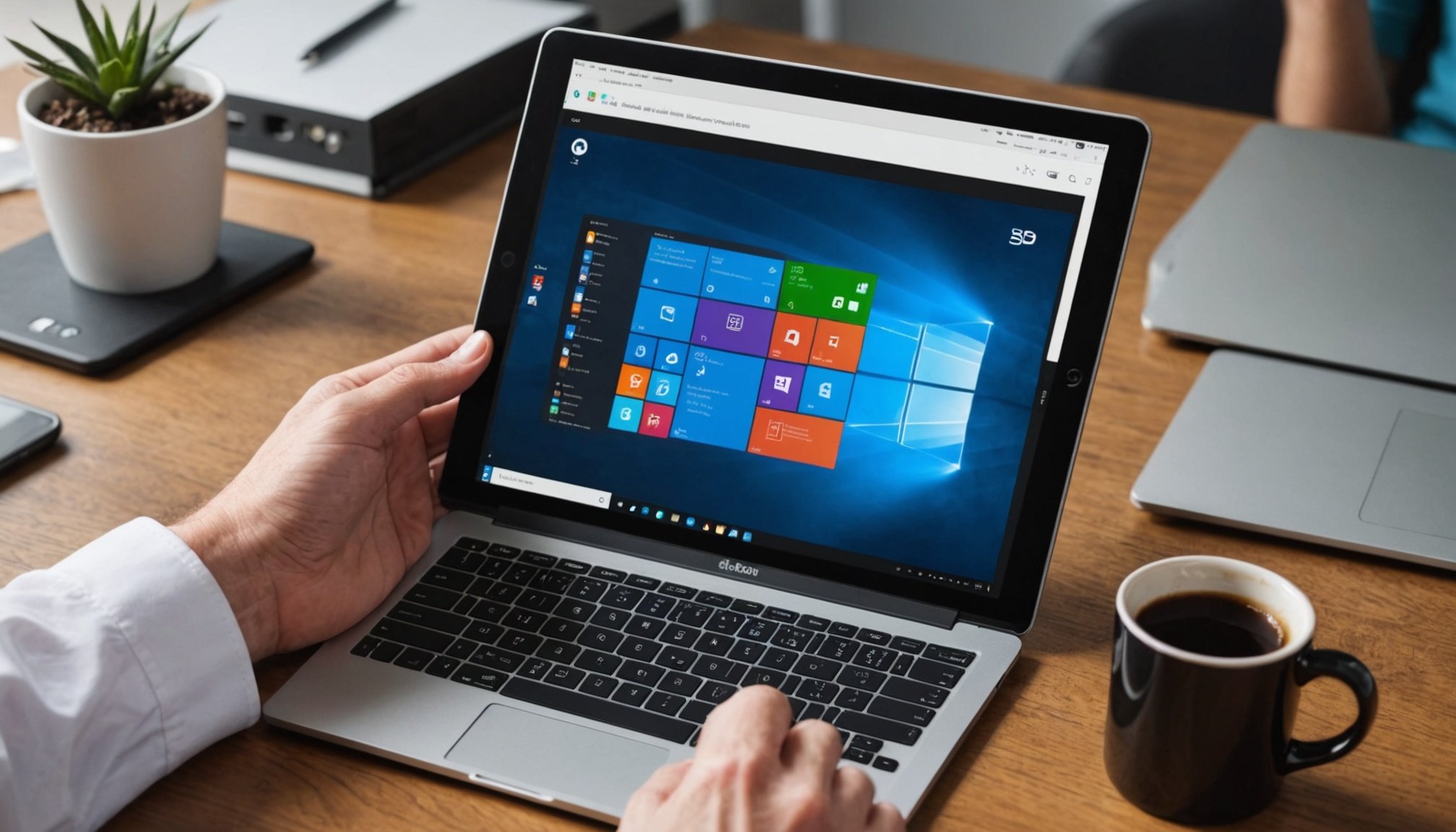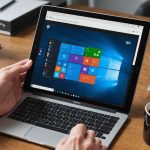Unlocking Remote Desktop: Essential Smartphone Strategies for Flawless Connectivity
In the era of remote work, the ability to access and manage your desktop from your smartphone is more crucial than ever. This article will delve into the best strategies and tools to ensure a seamless and secure remote desktop experience using your smartphone.
Understanding the Need for Remote Desktop Access
Remote desktop access has become a cornerstone of modern work practices. Whether you are a freelancer, an IT professional, or part of a remote team, being able to access your desktop from anywhere can significantly boost productivity and efficiency.
Also to see : Innovative Step-by-Step: Transform Your Smartphone into a Smart Baby Monitoring System
“Remote work is here to stay, and having the right tools to manage your desktop from your smartphone is essential for maintaining a high level of productivity,” says John Smith, a remote IT consultant.
Choosing the Right Remote Desktop Software
When it comes to selecting the right remote desktop software, several factors need to be considered, including security, cross-platform compatibility, and the range of features offered.
Also to discover : Transform Your Home Lighting: Master Real-Time Control with Your Smartphone
RemotePC: A User-Friendly Option
RemotePC is a popular choice for those seeking a simple, secure, and cost-effective solution. It supports a wide range of platforms, including Windows, macOS, iOS, and Android, making it highly versatile[1][3].
- Key Features:
- Always-on remote access
- File transfer
- Multi-monitor support
- 256-bit AES encryption
- Pros:
- Affordable
- Easy to set up
- Secure
- Cons:
- Limited advanced customization options
- Interface can be clunky
RemotePC is ideal for small to medium-sized businesses and individuals who need a reliable and easy-to-use remote access solution.
Chrome Remote Desktop: Free and Secure
For those on a tight budget or preferring a free solution, Chrome Remote Desktop is an excellent option. Integrated into the Chrome browser, it offers seamless remote access without additional installations or complex configurations[1].
- Key Features:
- Ease of use
- Encrypted connections
- Cross-platform compatibility
- Pros:
- Free to use
- Strong Google-backed security
- Easy setup and intuitive interface
- Cons:
- Limited features
- No built-in collaboration or IT support features
Chrome Remote Desktop is perfect for individuals, freelancers, and small businesses that prioritize simplicity and cost-effectiveness.
AnyDesk: Advanced Customization and Cross-Platform Compatibility
AnyDesk is a cloud-native remote access software that offers full access and control over devices from any location. It is highly customizable and supports Windows, Mac, and Linux systems, as well as Apple and Android mobile devices[3].
- Key Features:
- Cross-platform compatibility
- Integrates with third-party apps
- Automation for routine tasks
- Pros:
- Highly customizable
- Supports multiple platforms
- Allows automation
- Cons:
- Full features require a subscription
- Initial setup can be challenging
AnyDesk is suitable for IT teams and businesses that need advanced features and flexibility in their remote access solution.
Ensuring Security in Remote Desktop Connections
Security is paramount when it comes to remote desktop connections. Here are some key security features to look for and best practices to follow:
Encryption and Authentication
Look for software that offers robust encryption, such as 256-bit AES, and strong authentication mechanisms. For example, RemotePC and Chrome Remote Desktop both provide encrypted connections to ensure data security[1].
User Permissions and Access Control
Implementing strict user permissions and access control is crucial. Tools like Microsoft Intune allow you to manage device access and apply various security policies, including account protection, antivirus, and firewall settings[4].
Regular Updates and Patch Management
Keeping your remote desktop software and operating systems up to date is vital. Regular updates often include security patches that protect against vulnerabilities.
Managing Devices with Microsoft Intune
Microsoft Intune is a powerful tool for managing devices, especially in a corporate environment. Here’s how you can use it to enhance your remote desktop experience:
Remote Actions and Bulk Management
Intune allows you to perform various remote actions on Cloud PCs, such as restarting, troubleshooting, and collecting diagnostics. You can manage up to 5,000 Cloud PCs at once, making bulk actions efficient[2].
Endpoint Security Policies
Intune integrates seamlessly with endpoint security policies, allowing you to view and manage device configuration and security policies in one place. This includes policies for antivirus, firewall, and disk encryption[4].
Enhancing User Experience with Mobile Optimization
Mobile optimization is critical for a seamless remote desktop experience on smartphones. Here are some strategies to enhance user experience:
Parallels Access: Mobile-Optimized Features
Parallels Access stands out with its mobile-optimized features, including touch gestures and the “Applification” feature that allows desktop apps to be viewed as native mobile apps. This makes remote access on smartphones highly intuitive and efficient[1].
RealVNC: Cross-Platform Support
RealVNC offers cross-platform support, allowing users to access and control devices from any location. Its mobile device support ensures that you can manage your desktop from your smartphone with ease[3].
Practical Tips for Using Remote Desktop on Smartphones
Here are some practical tips to make the most out of your remote desktop experience on smartphones:
Use a Stable Internet Connection
A stable internet connection is essential for a smooth remote desktop experience. Ensure you have a high-quality internet connection to avoid lag and disconnections.
Optimize Screen Resolution
Adjusting the screen resolution on your smartphone can improve the remote desktop viewing experience. Many remote desktop apps allow you to adjust settings for better performance.
Utilize Keyboard and Mouse Controls
Using keyboard and mouse controls can enhance your remote desktop experience. Apps like iMyFone MirrorTo allow you to control Android devices from your PC or Mac, and similar features are available in other remote desktop software[5].
Comparative Analysis of Remote Desktop Software
Here is a comparative table of some of the top remote desktop software solutions:
| Software | Platforms Supported | Key Features | Pros | Cons |
|---|---|---|---|---|
| RemotePC | Windows, macOS, iOS, Android | Always-on access, file transfer, multi-monitor support, 256-bit AES encryption | Affordable, easy to set up, secure | Limited advanced features, clunky interface |
| Chrome Remote Desktop | Windows, macOS, Linux, iOS, Android | Ease of use, encrypted connections, cross-platform compatibility | Free, strong Google-backed security, easy setup | Limited features, no collaboration or IT support features |
| AnyDesk | Windows, Mac, Linux, iOS, Android | Cross-platform compatibility, integrates with third-party apps, automation | Highly customizable, supports multiple platforms, automation | Full features require subscription, initial setup challenging |
| Parallels Access | Windows, macOS, iOS, Android | Mobile-optimized features, “Applification,” touch gestures | Touch-optimized interface, fast and reliable connections | Limited Linux support, lacks advanced collaboration tools |
| RealVNC | Windows, Mac, Linux, iOS, Android | Cross-platform support, seamless integrations with third-party apps | Scalable, mobile device support, granular control | No built-in collaboration features |
Remote desktop access has revolutionized the way we work, allowing us to stay connected and productive from anywhere. By choosing the right software, ensuring robust security measures, and optimizing your mobile experience, you can unlock the full potential of remote desktop connectivity.
“Remote desktop software has been a game-changer for our team. It allows us to work seamlessly from anywhere, ensuring we can meet our deadlines and maintain high productivity,” says Jane Doe, a project manager at a remote work firm.
Whether you are using RemotePC, Chrome Remote Desktop, AnyDesk, Parallels Access, or RealVNC, the key is to find the solution that best fits your needs and enhances your remote work experience. With the right tools and strategies, you can achieve flawless connectivity and take your remote work to the next level.











